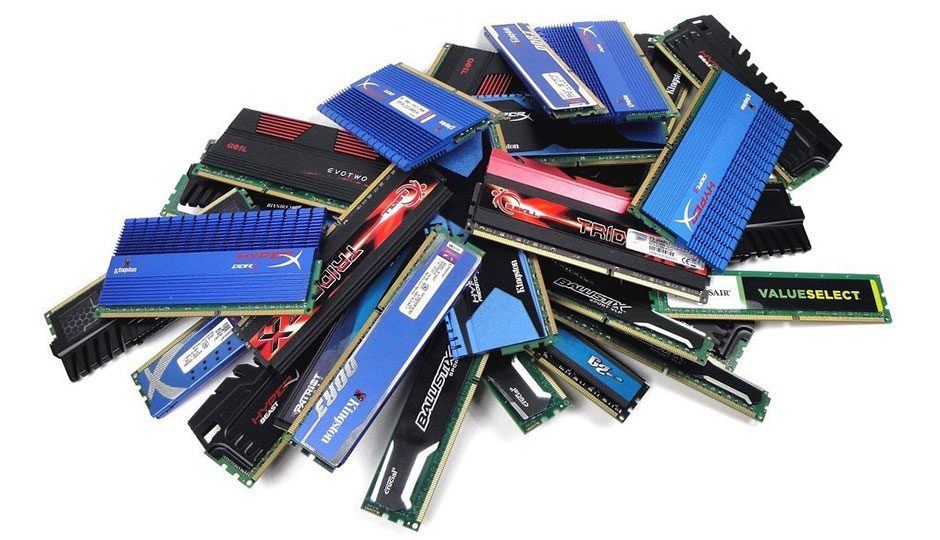
XMP (Extreme Memory Profile)
XMP, or Extreme Memory Profile, is a technology developed by Intel to simplify memory overclocking in compatible DDR3/DDR4 RAM for improved gaming performance with an Intel CPU. XMP allows you to increase the data rates of DRAM above a base level up to a certain level specified in the RAM’s memory module.
For example, the base DRAM frequency of a DDR4 RAM is 2133 MHz, however XMP technology allows you to raise the frequency of DDR4 RAM over 2133 MHz to a specified level, such as 2400 Hz or higher, as advertised on the RAM box.
Essentially, XMP technology allows you to overclock your RAM much more rapidly and easily than standard tweaking methods in the past.
RAM manufacturers put their memory chips through intensive testing to determine how quickly a particular memory chip can run. They then generate a memory profile, which is saved on a chip on the Memory modules, with the DRAM frequency, timings, and voltage information required to overclock that particular module to the rated speed. The makers then sort their modules based on the various speeds that can be obtained and sell them to customers.
DOCP (Direct OverClock Profile)
D.O.C.P, or Direct OverClock Profile, is an AMD technology that simplifies memory overclocking in compatible DDR3/DDR4 RAM for improved gaming performance with an AMD Ryzen CPU and ASUS or AMD Motherboards. D.O.C.P allows you to boost DRAM data rates over a base level up to a certain level specified in the RAM’s memory module.
D.O.C.P is essentially the AMD Chipset equivalent of XMP. As previously stated, XMP was developed by Intel, so AMD created their own version of XMP and dubbed it D.O.C.P because they did not want to pay Intel royalties to install XMP on AMD motherboards.
How to Access Motherboard BIOS Setup Menu
The first method is if your computer is turned off. In this case:
- You must first turn on your computer
- Then press the appropriate key at the beginning of the boot process.
- The most commonly used keys for entering bios are “esc,” “delete,” “f2,” and “f10.” the bios key can be found at the bottom of the boot screen.
The second method is if your computer is turned on. In this case:
- You must first click on the Windows icon located at the bottom of your screen.
- Then, while holding the Shift key, press and hold the Power button, then click Restart.
- After that, you must select UEFI Firmware Settings.
- Now, all you have to do is click the Restart button to be taken to the Startup Menu.
- To enter the BIOS Setup, press the appropriate key that is displayed.
How to Enable XMP
- Using the procedures given above, navigate to the UEFI BIOS Setup and locate the X.M.P/D.O.C.P. option. You’ll notice that the XMP/DOCP option is turned off by default.
- Select Profile 1 from the drop-down menu below the X.M.P option. Following your selection, it will display the RAM type, frequency, and voltage.
- To save changes, simply click the Save & Exit button below and then OK.
How to Enable DOCP
- During the boot-up process, press the “F2” or “Delete” key to access the UEFI BIOS Setup.
- To enter Advanced mode, press the “F7” key.
- Select the “AI Tweaker” option.
- The D.O.C.P option is right next to “AI Overclock Tuner.”
- Select Profile 1 from the drop-down menu below the D.O.C.P option. Following your selection, it will display the RAM type, frequency, and voltage.
- To save changes, simply click the Save & Exit button or press the “F10” button below, then click OK.
References:
https://www.thesharedweb.com/what-is-xmp-docp-eocp-in-motherboard-bios-and-ram/
